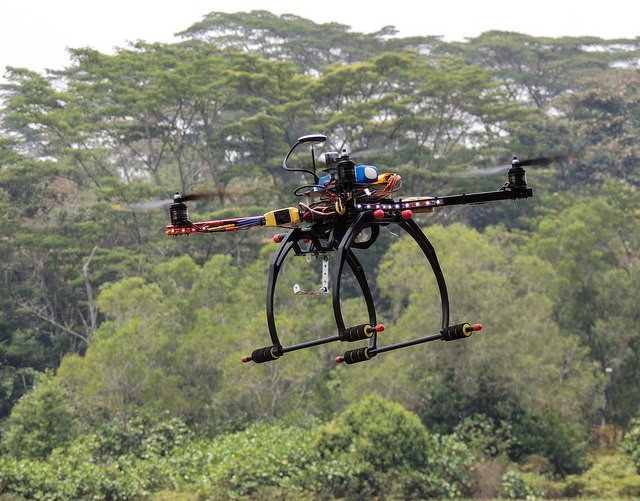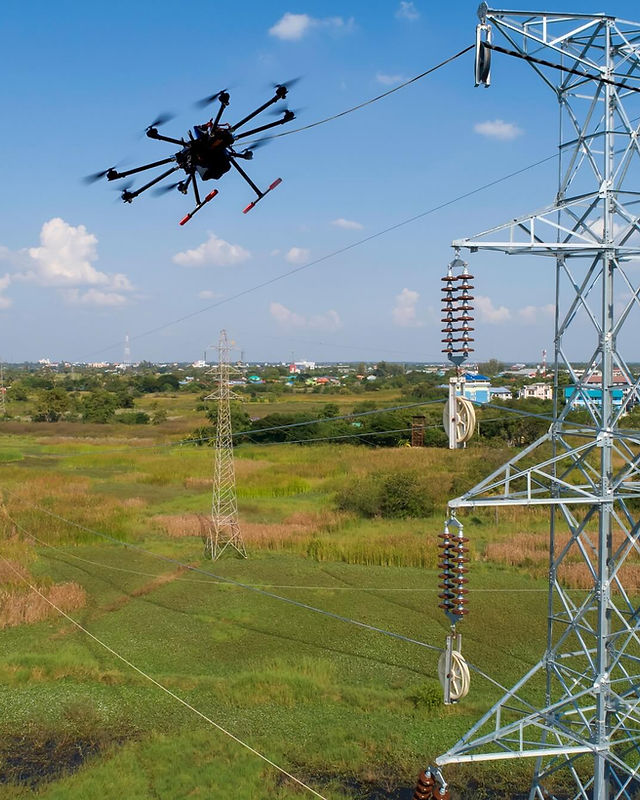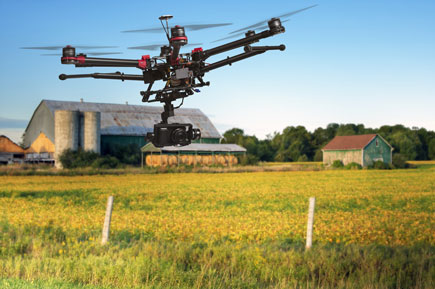Physical Address
304 North Cardinal St.
Dorchester Center, MA 02124
Physical Address
304 North Cardinal St.
Dorchester Center, MA 02124


This post may contain affiliate links. As an Amazon Associate, we may earn commissions from qualifying purchases.
Have you ever wondered how the land drones zipping through terrains and navigating rugged landscapes are powered? You’re not alone! With the increasing popularity of drones for everything from fun to essential tasks, understanding the power sources that make them work can be truly fascinating—and quite informative. So, let’s take a friendly look at the mechanics behind land drone power systems!
To comprehend how land drones are powered, it’s essential first to know what land drones are. In simple terms, land drones are unmanned ground vehicles (UGVs) designed to navigate over the surface of the Earth. They can be remotely controlled or autonomous, equipped to perform a wide range of tasks, from recreational activities to complex military operations.
There are many types of land drones, including:
Each type demands a different power approach depending on its specific needs and applications.
The heart of every land drone is its power source, which is the driver behind its functionality. Different power sources cater to different types of uses, various operational times, and efficiencies. Let’s break down the major power sources:
Batteries are the most common power sources for land drones, especially those used for recreation and short-range purposes. The most popular types include:
Lithium-Polymer (LiPo) Batteries: Known for their high energy density and long life. They are lightweight, making them ideal for small to medium-sized drones.
Nickel-Metal Hydride (NiMH) Batteries: These offer a more environmentally friendly option, although they have a lower energy density compared to LiPo batteries.
| Battery Type | Energy Density | Weight | Environmental Impact |
|---|---|---|---|
| LiPo | High | Low | Moderate |
| NiMH | Moderate | Moderate | Low |
LiPo batteries are particularly noteworthy for their contribution in delivering significant power while maintaining a reduced system weight, a crucial balance for UGV performance.
Fuel cells represent a cutting-edge power source offering extended operation times, especially beneficial for industrial and military applications. Unlike traditional batteries, which store electrical energy, fuel cells generate electricity through a chemical reaction between hydrogen and oxygen.
High Energy Efficiency: Fuel cells are more efficient than combustion engines and provide more extended operating periods than traditional batteries.
Eco-Friendly: They produce water and heat as by-products, making them a cleaner alternative.
Silent Operation: Fuel cells operate quietly, a significant advantage in covert operations or public spaces.
Combustion engines, typically gasoline or diesel-powered, are less common but used in heavy-duty or military drones that require robust performance and long-range capabilities. While effective, they come with certain drawbacks:
Noise: These engines can be quite loud, making them less suitable for stealth operations.
Pollution: They emit CO2 and other pollutants, raising environmental concerns.
Despite these limitations, combustion engines offer exceptional power and longevity, catering to high-performance and endurance-based tasks.
Solar power is an emerging power source for land drones aimed at sustainable energy use and extended operation times. Solar panels convert sunlight directly into electricity, charging the drone’s batteries or powering the drone directly.
Renewable Energy: Solar power is inexhaustible, provided sunlight is available.
Reduced Carbon Footprint: It’s an eco-friendly option with no emissions.
Extended Operational Time: As long as there’s sunlight, drones can potentially have continuous power.
The adoption of solar power invites innovation and supports the trend towards greener technology.

Understanding the power sources isn’t just a theory; it directly impacts how drones perform in real-world conditions. Let’s explore these impacts in more depth.
Power sources like batteries are integral to a drone’s efficiency due to their weight. For instance, LiPo batteries are preferred for their low weight, directly translating to better maneuverability and faster speeds. On the flip side, combustion engines and solar panels can add considerable weight:
| Power Source | Weight | Impact on Performance |
|---|---|---|
| LiPo Battery | Low | High speed, quick maneuverability |
| Fuel Cells | Moderately Low | Extended operation time, moderate speed |
| Combustion Engine | High | High endurance, but slower speed |
| Solar Panels | Variable | Dependent on sunlight, heavy |
The type of power source directly affects the potential duration of the drone’s operation:
Battery-Powered Drones: Offer moderate operating times ranging from 30 minutes to several hours, depending on battery capacity and drone efficiency.
Fuel Cell Drones: Can operate for longer periods—up to several days—without the need for recharging.
Combustion Engine Drones: Provide the longest operation time, but require fuel and produce noise.
Solar-Powered Drones: As long as there’s adequate sunlight, they can theoretically operate indefinitely.
Eco-friendliness is increasingly important:
Battery and Solar Power: Present minimal environmental impact, aligning well with green technology.
Fuel Cells: Cleaner than combustion engines, though not entirely pollution-free due to hydrogen production processes.
Combustion Engines: Have the highest carbon footprint, potentially limiting their use in environmentally conscious applications.
Different power sources not only influence performance but also require varying degrees of maintenance and pose unique operational challenges.
Batteries, especially LiPo, require careful handling. They need to be:
While generally low maintenance, fuel cells need:
Combustion engines have higher maintenance needs:
Solar panels are relatively low-maintenance:

As technology advances, new power sources and improvements to existing ones continuously emerge.
Hybrid systems combine two or more power sources for improved efficiency and versatility. For instance:
Researchers are constantly working on next-generation batteries:
Solid-State Batteries: Offering higher energy density and safety, as they are less prone to leakage and fire hazards.
Graphene Batteries: Known for their potential to charge faster and hold more energy compared to traditional LiPo batteries.
Autonomous charging stations, much like those for electric cars, are being developed:
The power sources discussed not only shape how drones are used today but also open up a realm of possibilities for future applications.
Drones powered by improved batteries or hybrid systems can revolutionize agriculture by providing:
Fuel cells and hybrid systems contribute greatly to:
Battery advancements and solar power innovations can pave the way for sustainable delivery systems:

Despite the advancements, there are still challenges to overcome with drone power systems.
Traditional batteries still face limitations in duration and need regular recharging, which can interrupt operations.
Solar and fuel cell performance can be adversely affected by weather conditions. Solar power is impractical during cloudy days or in dense forest areas.
The use of certain power sources, especially combustion engines, may face regulatory restrictions due to noise and pollution, limiting their real-world applications.
Understanding the various power sources for land drones sheds light on the fascinating technology that keeps them functional. From lightweight batteries to eco-friendly solar panels and efficient fuel cells, the power behind these drones is diverse and continually evolving. Each type brings its own set of advantages, challenges, and potentials, shaping how drones are utilized across different fields.
With ongoing innovations and improving technologies, the future of drone power systems looks promising, opening up new horizons for both personal and professional use. Whether it’s extending flight times, improving efficiency, or reducing environmental impact, the advancements in drone power technology are set to make substantial contributions to how we interact with these remarkable unmanned ground vehicles.
